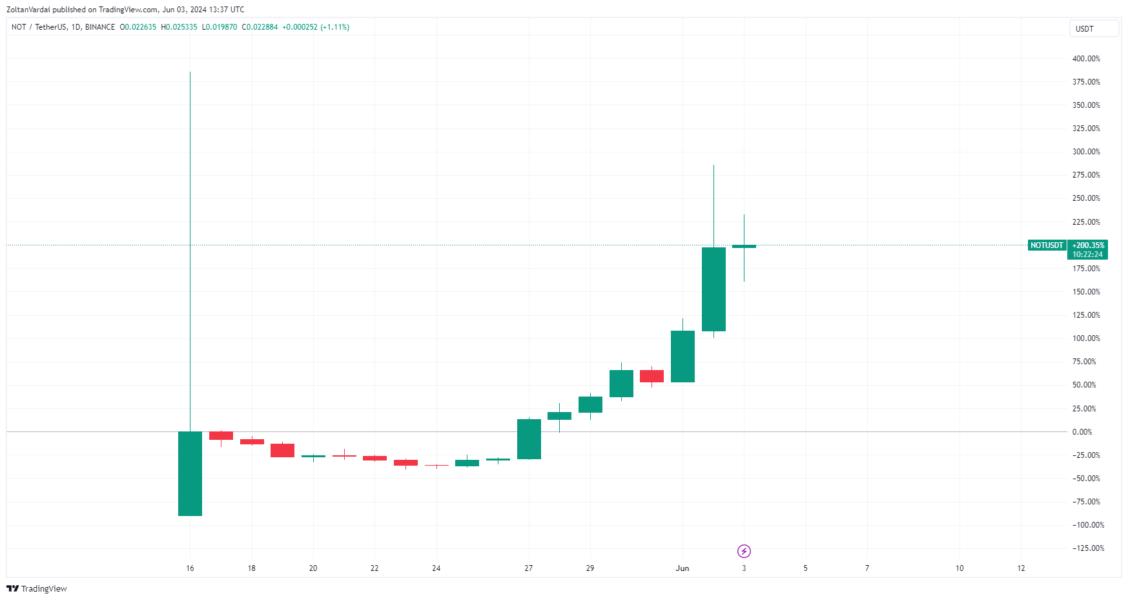
"For CBDCs, our solution will enable central banks to connect their own networks simply and directly to all the other payments systems in the world through a single gateway," said chief information officer Tom Zschach.
On Wednesday, the Society for Worldwide Interbank Financial Telecommunication, or SWIFT, announced that it has successfully moved central bank digital currencies (CBDCs) and tokenized assets on existing financial infrastructure through two separate experiments. According to SWIFT, the results demonstrated that "CBDCs can be rapidly deployed at scale to facilitate trade and investment between more than 200 countries and territories around the world."
SWIFT is a Belgian messaging system that connects over 11,500 financial institutions worldwide and plays a paramount role in facilitating international transactions. Globally, nine out of 10 central banks are actively exploring digital currencies. Via its collaboration with Capgemini, SWIFT managed to settle transactions using CBDCs based on different distributed ledger technologies, as well as using a fiat-to-CBDC payment network.
Fourteen central and commercial banks, including Banque de France, the Deutsche Bundesbank, HSBC, Intesa Sanpaolo, NatWest, SMBC, Standard Chartered, UBS and Wells Fargo, are now collaborating in a testing environment to accelerate the path to full-scale CBDC deployment.
In the second experiment, SWIFT demonstrated that its infrastructure could integrate tokenization platforms with different types of cash payments. Working in collaboration with Citi, Clearstream, Northern Trust and SETL, SWIFT explored 70 scenarios simulating the market issuance and secondary market transfers of tokenized bonds, equities and cash. The World Economic Forum estimates the tokenization market could reach $24 trillion by 2027. Regarding the developments, Tom Zschach, chief innovation fficer at SWIFT, said:
"Digital currencies and tokens have huge potential to shape how we will pay and invest in the future. But that potential can only be unleashed if the different approaches that are being explored have the ability to connect and work together. We see inclusivity and interoperability as central pillars of the financial ecosystem, and our innovation is a significant step towards unlocking the potential of the digital future."





